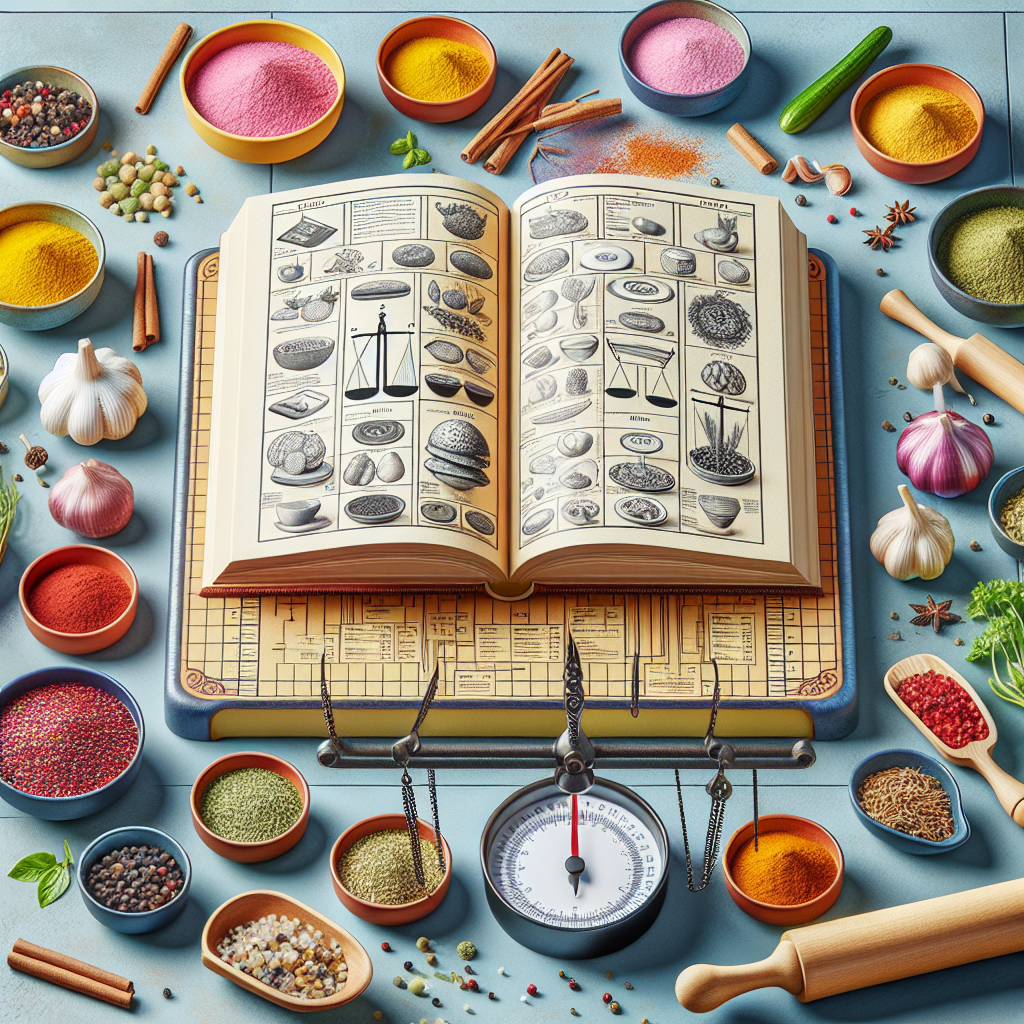Culinary creativity is often defined by the ability to combine flavors in ways that are both unexpected and harmonious. Mastering the art of flavor pairing can transform everyday cooking into a delightful exploration of taste. In this article, we’ll delve into techniques and principles that will help you create balanced and flavorful dishes, ensuring your meals are as pleasing to the palate as they are to the eye.
Understanding Flavor Profiles
Before you begin mixing flavors, it’s essential to understand flavor profiles. These profiles are often categorized into basic taste sensations:
- Sweet: Found in sugars, fruits, and some vegetables.
- Savory (Umami): Present in meats, cheeses, and fermented items.
- Sour: Typically associated with citruses, vinegar, and pickled items.
- Bitter: Found in dark greens, coffee, and certain spices.
- Salty: Derived from salt and naturally salty foods like olives and seaweed.
Understanding how these flavors interact will help you create dishes that are balanced and nuanced.
The Science of Pairing Flavors
1. Contrast vs. Complement
-
Contrast: Pair foods with opposing flavors to create a dynamic experience. For example, the richness of duck confit contrasts beautifully with the acidity of a citrus sauce.
- Complement: Combine similar flavors for a harmonious dish, such as pairing basil with tomatoes. Their shared aromatic compounds enhance each other.
2. The Flavor Wheel
Utilizing a flavor wheel can serve as a visual guide for pairing. The wheel typically segments flavors into primary categories and suggests compatible tastes. For instance:
- Herbs: Basil pairs with tomatoes, while thyme complements chicken.
- Spices: Cinnamon can enhance the flavor of apples, while cumin works well with lentils.
3. Molecular Gastronomy Insights
Modern cooking techniques like molecular gastronomy focus on the chemical interactions between ingredients. Understanding these principles can elevate your flavor pairing. For instance, the Maillard reaction occurs when proteins and sugars react under heat, creating complex flavors. This knowledge allows chefs to intentionally pair ingredients that undergo similar reactions to enhance depth and complexity.
Techniques for Flavor Pairing
1. Layering Flavors
Build layers of flavor by incorporating ingredients at different stages of cooking. Start with aromatic bases (like onions and garlic), followed by spices and herbs, and finish with fresh herbs or acidic elements like lemon juice or vinegar for brightness.
2. Balancing Flavor Intensities
Be mindful of balancing strong flavors with milder ones. For example, bold cheeses may overwhelm lighter ingredients if not balanced with more delicate flavors. A sharp blue cheese can be tamed with honey or figs to create a well-rounded dish.
3. Seasoning Wisely
Salt is a powerful flavor enhancer. It not only adds saltiness but also amplifies the natural flavors of ingredients. Use it thoughtfully, especially when employing other flavor enhancers like acid or fat, to ensure a well-balanced dish.
4. Cultural Inspiration
Explore traditional combinations from various cuisines. For instance, Asian cuisines often balance salty soy sauce with sweet elements like hoisin, while Mediterranean dishes frequently blend garlic and lemon for a zesty kick.
5. Experimentation with Acidic Elements
Acidic ingredients like vinegar, citrus, and fermented products can brighten and elevate dishes. Use them to counterbalance rich or fatty components, creating a well-rounded flavor profile. A splash of balsamic vinegar can lighten a hearty ragù, while a squeeze of lime can enhance the freshness of a seafood dish.
Practical Applications
1. Create Your Own Pairing Chart
Compile a chart of ingredients you frequently use. Note their compatible flavors based on sweetness, acidity, and other profiles. This chart will serve as a handy reference when experimenting in the kitchen.
2. Attend Tasting Events
Participating in food and wine pairings can deepen your understanding of how flavors interact. Pay attention to how sommeliers and chefs pair wines with dishes, noting the principles they apply.
3. Document Your Experiments
Keep a cooking journal to record successful and less successful pairings. Over time, you’ll refine your palate and build a robust repertoire of flavor combinations.
Conclusion
Mastering the art of flavor pairing is a journey that combines science, creativity, and cultural influence. By understanding flavor profiles, learning to balance contrasting tastes, and experimenting with various techniques, you can create dishes that are not only balanced and flavorful but also deeply satisfying. So, roll up your sleeves, gather your ingredients, and embark on the delicious adventure of flavor pairing in your kitchen! Happy cooking!

